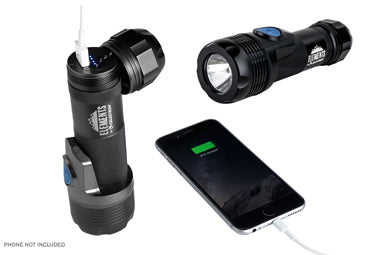What is bright-field illumination? How is it different from dark-field illumination?
December 3, 2009
In order to clearly see specimens, a microscope will need to light or illuminate them. The most common type of illumination for biological microscopes is bottom illumination, or a light that shines up from below the stage.
Bottom illuminators are most commonly bright-field illuminators. In this type of system, a beam of highly directional and intense light is projected upwards. Light is aimed from below the stage through a condenser lens, through the specimen and then through the optics of the microscope to your eye. Most of the time, this is the best way to see the most detail in a slide or similarly prepared or mounted specimen.
If the object is small, glare from the illuminator can be a problem. To avoid this, dark-field illumination can be used to increase visibility. This system uses an opaque disk to block the central light from the condenser, only allowing marginal rays to illuminate the specimen. The result is a bright image against a dark background.
Since little light actually falls on the specimen, dark-field illumination shows less detail overall than bright-field illumination. It should only be used in circumstances where bright-field illumination overwhelms your view of any of the specimen’s details.
Updated 12/18/13

























